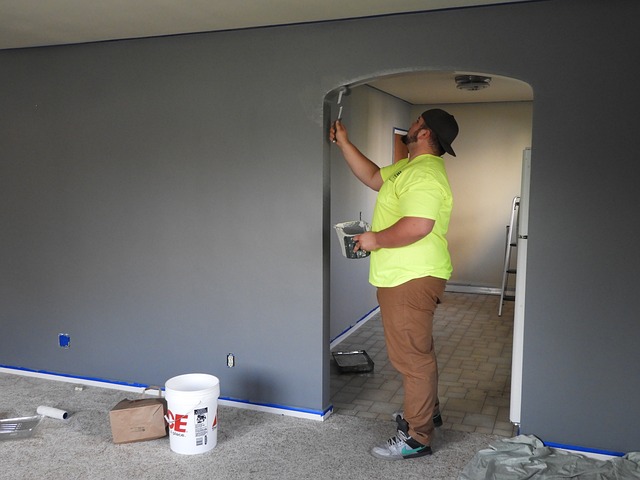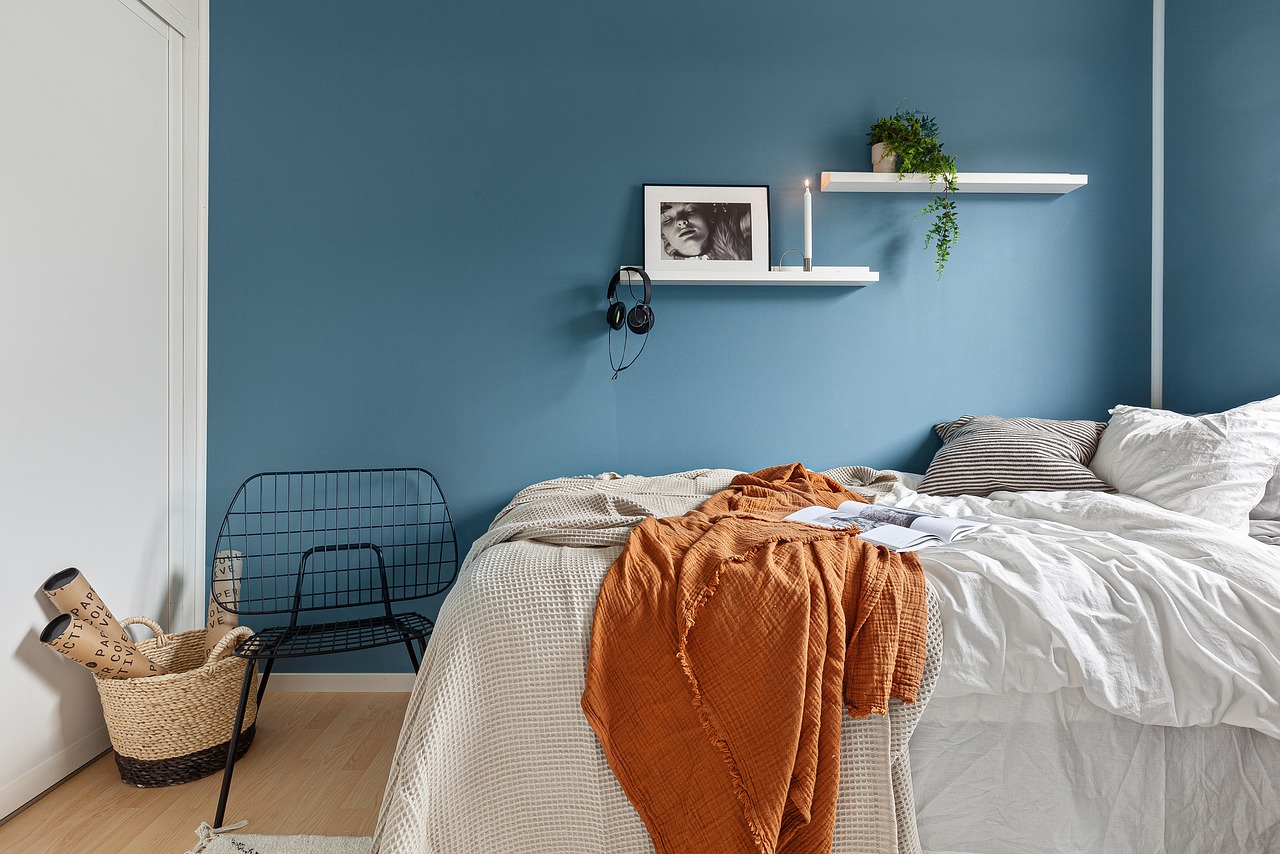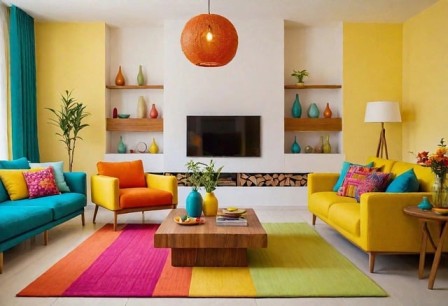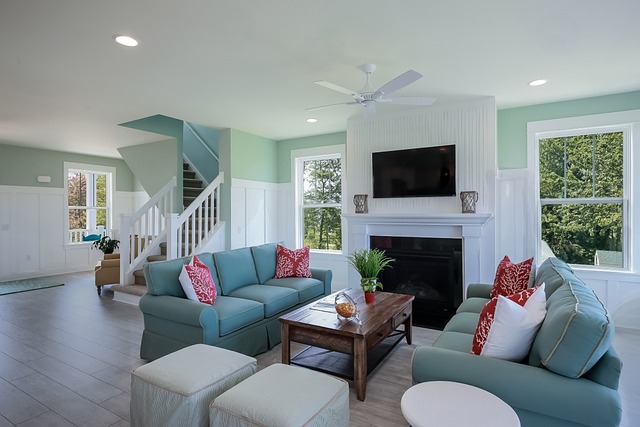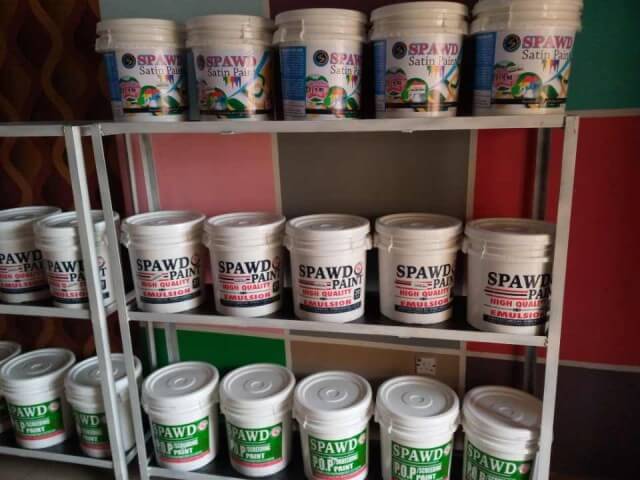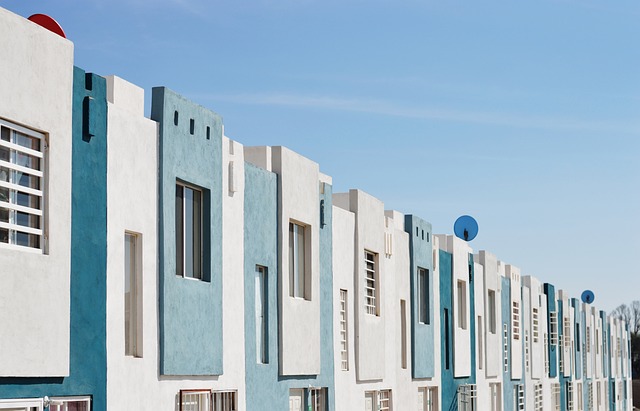If choosing exterior house paint colors for your project is a challenge, then you are at the right place.
Your house paint colors is the first thing that greets visitors and passersby.
It sets the tone for your property, reflecting your personality and style.
So, choosing the right colors can enhance the beauty and increase your home’s value.
However, with the numerous options available, selecting the perfect exterior house paint colors can be challenging sometimes.
To help you navigate this process smoothly, I’ve compiled the best 13 tips for choosing your exterior house paint colors with ease.
1. Take Note of The Architectural Style
Note that every home has its unique architectural style, whether it’s modern, colonial, Victorian, or craftsman.
Choose colors that complement the architectural elements of your home rather than clashing with them.
Research typical color schemes for your home’s architectural style to get a sense of what works well and what does not.
Bold and contrasting colors such as black, white, or any vibrant shade can enhance the sleek lines and geometric shapes of modern homes.
Meanwhile, neutral or calm tones like beige, cream, or soft gray often complement traditional architectural styles.
Additionally, earthy tones like olive green, warm brown, or dusty blue can enhance the beauty and inviting feel of cottage or Craftsman-style homes.
2. Take Note of Your Surroundings
Now, you should take a look at your neighborhood and surroundings.
Consider the landscape, neighboring houses, and the overall beauty of the environment.
While you don’t need to blend in completely, selecting colors that harmonize with the surroundings can create a beautiful and visually appealing look.
3. Take Note Of The Natural Features Around
You see, nature provides an endless shade of color palettes to draw inspiration from.
Look at the colors of the sky, trees, flowers, and other elements in your surroundings.
Earthy tones like greens, browns, and grays often work well for exteriors, creating a natural and timeless look.
4. Note The Climate Condition
One important thing to note is that the climate of your region can influence the choice of exterior house paint colors.
For instance, light colors can help reflect sunlight and keep your home cooler in hot climates, while darker colors can absorb heat and be more suitable for colder regions.
Additionally, consider how sunlight and shadows affect the appearance of colors throughout the day.
5. Test Colors Before Final Use
You should never underestimate the importance of testing paint colors before making a final decision.
Most paint stores offer color charts, sample-sized cans, or paint swatches that you can use to test colors on a small section of your home’s exterior.
This allows you to see how the colors look in different lighting conditions and against various materials.
6. Take Note Of Undertones
Also, understand that some colors have undertones that can either enhance or clash with other elements of your home.
For example, a gray with blue undertones might clash with a roof with warm, brown tones.
So, pay attention to the undertones of both the paint colors and existing elements like the roof, brick, and stone, and choose colors with complementary undertones.
7. Maintain a Limited Palette
While it can be tempting to use multiple colors to add visual interest and beauty to your exterior, using too many colors can create a chaotic and disjointed look.
Instead, stick to a limited palette of two to three main colors for the body, trim, and accents.
This creates a cohesive and balanced appearance that doesn’t overwhelm the eye.
8. Consider Contrast
Contrast is essential for creating visual interest and highlighting architectural features.
It helps add beauty to your house and the environment in general.
Choose a trim color that contrasts with the main body color to frame windows, doors, and other elements.
However, make sure the contrast isn’t too stark to avoid a jarring effect.
9. Take Note of Long-Term Maintenance
Different paint finishes require varying degrees of maintenance.
While glossy finishes can provide a sleek look, they tend to show imperfections and require more frequent touch-ups.
Matte or satin finishes are more forgiving and hide flaws better, making them a practical choice of paint for house exteriors.
10. Seek Professional Advice
If you’re feeling overwhelmed or unsure about your color choices, don’t hesitate to seek advice from a professional. In case you need my assistance, I am here to guide you.
Many paint stores offer color consultation services, where experts can help you select the perfect colors based on your preferences, architecture, and surroundings.
11. Take Note Of Regulatory Restrictions
Stick to recommended colors if you live in a neighborhood or an Estate with restrictions or guidelines regarding exterior paint colors and finishes.
Some municipalities have regulations or guidelines governing exterior paint colors.
Particularly in historic districts or conservation areas, ensure compliance with local regulations before making your final decision.
12. Accentuate Architectural Features
Use accent colors to draw attention to architectural features like trim, doors, shutters, or decorative moldings.
Contrasting or complementary colors can make these features stand out.
Choose a primary color for the main body of the house and analogous colors for accents to create a beautiful and appealing exterior.
13. Take Note of Your Personal Preference
Ultimately, choose colors that reflect your personal style and preferences.
Your home’s exterior should be a reflection of your taste and personality.
You can use online visualizers or paint swatches to visualize how different color combinations will look on your home before making a final decision.
Conclusion
Choosing the right exterior house paint colors is a crucial decision that can greatly impact the overall look and feel of your home.
By considering the factors that I mentioned above, you can create a stunning exterior that enhances curb appeal and reflects your style.
Whether you prefer classic neutrals or bold statements, following these tips will help you achieve a beautifully painted home that you’ll be proud to call your own.
Implement these tips and continue to enjoy your home and space.
Hope this was helpful to you.














